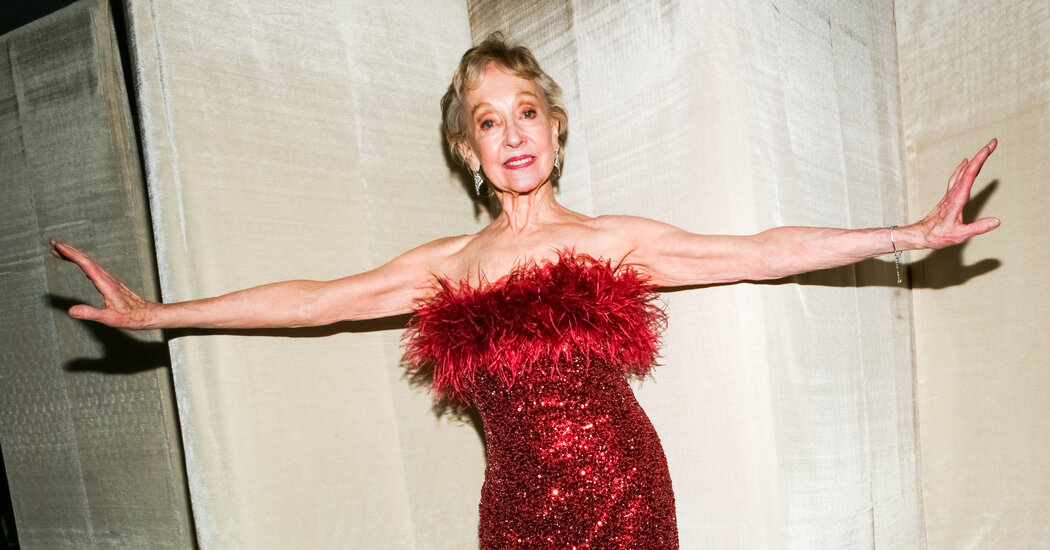When the choreographer George Balanchine co-founded the School of American Ballet in New York City in 1934, the last thing on many people’s minds was dance. The United States was still digging out from the Great Depression and often children dropped out of school to work.
But nonetheless, the 29-year-old Balanchine believed a dance school was crucial to establishing a professional ballet company — which would become New York City Ballet. Now, 90 years later, the school he opened with 32 students has exploded into the most prestigious academy for young dancers in the United States.
Nearly 800 students from 34 states and 12 countries were enrolled at the school’s Lincoln Center campus in the most recent fiscal year, and graduates serve as artistic directors at more than 18 ballet programs around the country, including Los Angeles Ballet, Miami City Ballet and New York City Ballet.
“You would think things were at a standstill during the war,” said Coco Kopelman, an alumna of the school who has served on its board for nearly 30 years. “But artists still painted, music was still conceived, the arts continued.”
That legacy was celebrated at a 90th-anniversary gala for the institution at the David H. Koch Theater at Lincoln Center on Monday night. The event honored Ms. Kopelman, who is married to the former Chanel president and chief operating officer Arie L. Kopelman, and Suki Schorer, a dancer on Balanchine’s New York City Ballet from 1959 to 1972 who is now a teacher at the school.
(Balanchine, while lauded for his musicality, has recently come under scrutiny for his affairs with much younger dancers, the painful thinness he required of his stars and the paucity of Black female dancers in his company.)
Attendees included notable alums from around the country like Lourdes Lopez, the artistic director of Miami City Ballet; Melissa Barak, the artistic director of the Los Angeles Ballet; and Jonathan Stafford, the artistic director of both the School of American Ballet and New York City Ballet; as well as the model Sophie Sumner and the talent agent Kendall Werts.
“Even with social media and all these other distractions, young people are still excited by ballet,” said Ms. Schorer, 84, adding that she is happy people are still pursuing it. “It’s so great to see.”
The black-tie event, which raised more than $1.3 million for the school’s scholarship program — nearly 40 percent of its students receive need-based scholarships — kicked off at 6 p.m. with cocktails in the Koch Theater lobby. About 1,400 people clad in shimmering ball gowns and black suits sipped rosé and Prosecco, chatting about the Oscars and the upcoming Broadway season.
Aesha Ash, an alumna of the school who in 2020 became the first Black female member of its permanent faculty, said she marveled at just how much instruction had evolved since she was a student in the 1990s.
“We appreciate our dancers as artistic athletes,” she said. “We look at the student as a whole person, not just their pliés.”
Around 7:20 p.m., attendees began making their way into the auditorium, where 10 students in the school’s children’s division lined up at five barres placed across the stage and demonstrated a series of techniques including plié, demi plié and frappé.
That was followed by an excerpt from “In Creases,” a short, lively ballet set to Philip Glass’s “Four Movements for Two Pianos.” It was choreographed by Justin Peck, a graduate of the school and the resident choreographer for New York City Ballet, who won a Tony Award for choreographing the 2018 Broadway revival of “Carousel.” (Mr. Peck was not feeling well and did not attend the gala.)
The piece was followed by a performance of an excerpt from Balanchine’s “Tchaikovsky Pas De Deux” by the New York City Ballet principal dancers Tiler Peck and Roman Mejia, who leaped and pirouetted across the stage to rousing applause.
After the showcase, about 500 audience members made their way up the stairs to the promenade — where nearly 50 tables were topped with quince blossom centerpieces; bouquets of white anemones, carnations and roses; and flickering candles — for a dinner of burrata, rice cracker-crusted char, kimchi forbidden rice and blackout cake.
After dinner, there was more dancing. Attendees swayed to Whitney Houston’s “I Wanna Dance With Somebody (Who Loves Me)” and Usher’s “DJ Got Us Fallin’ in Love” under soft purple lighting until just before midnight.
“My favorite is the dancing at these things,” Ms. Sumner said as she got up to join. “Because everyone can really dance!”







